Kuril Islands: A gem on the edge of the world
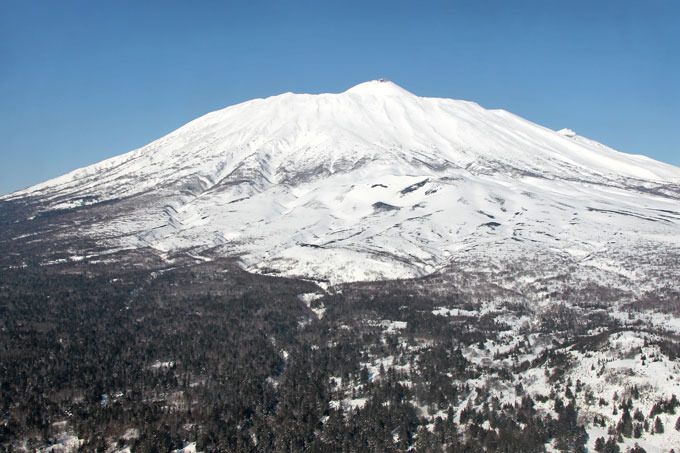
The climate on the islands is generally severe, with long, cold, stormy winters and short and notoriously foggy summers. The average annual precipitation is 30-40 inches (760-1,020 mm), most of which falls as snow.
The climate on the islands is generally severe, with long, cold, stormy winters and short and notoriously foggy summers. The average annual precipitation is 30-40 inches (760-1,020 mm), most of which falls as snow.

Landscape types and habitats on the islands include many kinds of beach and rocky shores, cliffs, wide rivers and fast gravelly streams, forests, grasslands, alpine tundra, crater lakes and peat bogs
Landscape types and habitats on the islands include many kinds of beach and rocky shores, cliffs, wide rivers and fast gravelly streams, forests, grasslands, alpine tundra, crater lakes and peat bogs
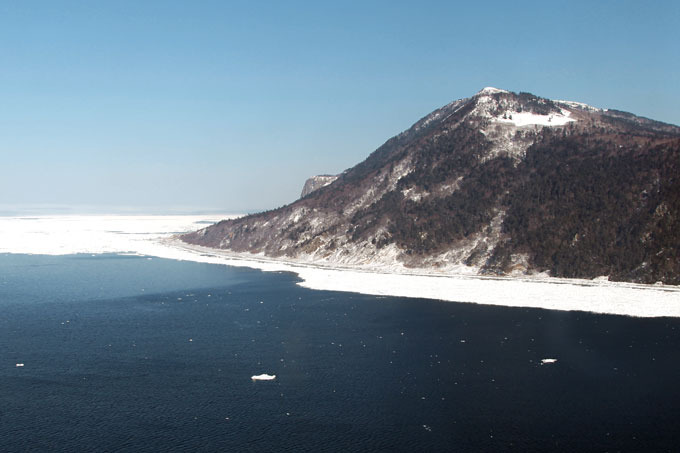
As of 2013, 19,434 people inhabited the Kuril Islands. These include ethnic Russians, Ukrainians, Belarusians, Tatars, Nivkhs, Oroch, and Ainus. Russian Orthodoxy and Islam are the only religions with significant following among the population
As of 2013, 19,434 people inhabited the Kuril Islands. These include ethnic Russians, Ukrainians, Belarusians, Tatars, Nivkhs, Oroch, and Ainus. Russian Orthodoxy and Islam are the only religions with significant following among the population
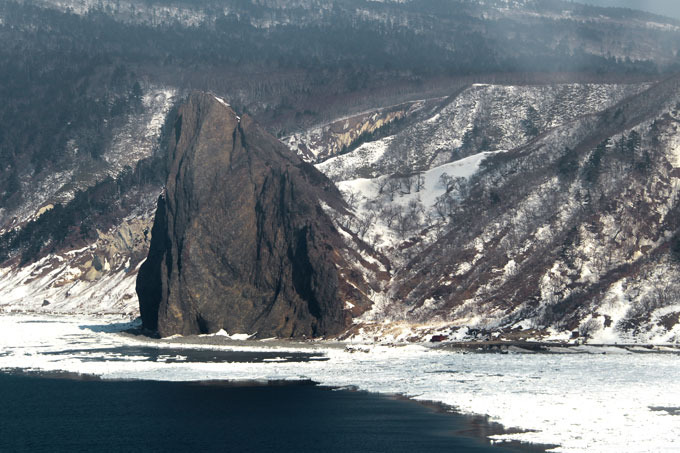
The Kuril Islands form part of the ring of tectonic instability encircling the Pacific Ocean referred to as the Ring of Fire. The islands themselves are summits of stratovolcanoes that are a direct result of the subduction of the Pacific Plate under the Okhotsk Plate, which forms the Kuril Trench some 200 kilometres (120 mi) east of the islands
The Kuril Islands form part of the ring of tectonic instability encircling the Pacific Ocean referred to as the Ring of Fire. The islands themselves are summits of stratovolcanoes that are a direct result of the subduction of the Pacific Plate under the Okhotsk Plate, which forms the Kuril Trench some 200 kilometres (120 mi) east of the islands
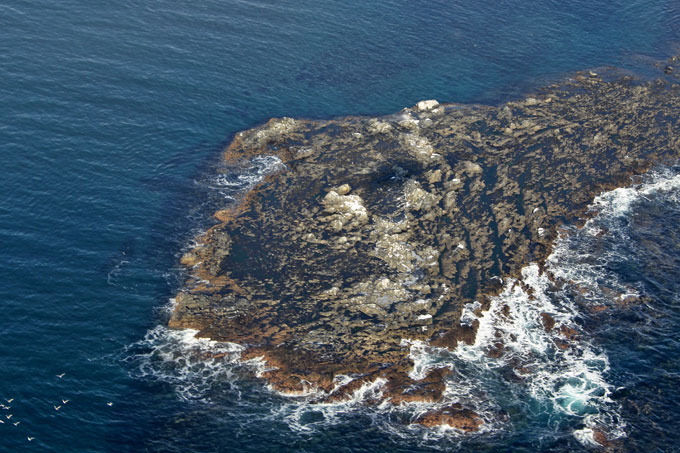
Because of the generally smaller size and isolation of the central islands, few major terrestrial mammals have colonized these, though red and Arctic foxes were introduced for the sake of the fur trade in the 1880s. The bulk of the terrestrial mammal biomass is taken up by rodents, many introduced in historical times.
Because of the generally smaller size and isolation of the central islands, few major terrestrial mammals have colonized these, though red and Arctic foxes were introduced for the sake of the fur trade in the 1880s. The bulk of the terrestrial mammal biomass is taken up by rodents, many introduced in historical times.

Only the southern most island has large areas covered by trees, while more northerly islands have no trees, or spotty tree cover.
Only the southern most island has large areas covered by trees, while more northerly islands have no trees, or spotty tree cover.

The Kuril island ridge consists of 20 large and over 30 smaller volcanic islands. The chain of islands stretches for 1,200 kilometers between Russia's Kamchatka and Japan
The Kuril island ridge consists of 20 large and over 30 smaller volcanic islands. The chain of islands stretches for 1,200 kilometers between Russia's Kamchatka and Japan

The total land area is 10,503.2 square kilometres (4,055.3 sq mi) and the total population is 19,434
The total land area is 10,503.2 square kilometres (4,055.3 sq mi) and the total population is 19,434

Japan claims the two southernmost large islands (Iturup and Kunashir) as part of its territory, as well as Shikotan and the Habomai islets, which has led to the ongoing Kuril Islands dispute
Japan claims the two southernmost large islands (Iturup and Kunashir) as part of its territory, as well as Shikotan and the Habomai islets, which has led to the ongoing Kuril Islands dispute
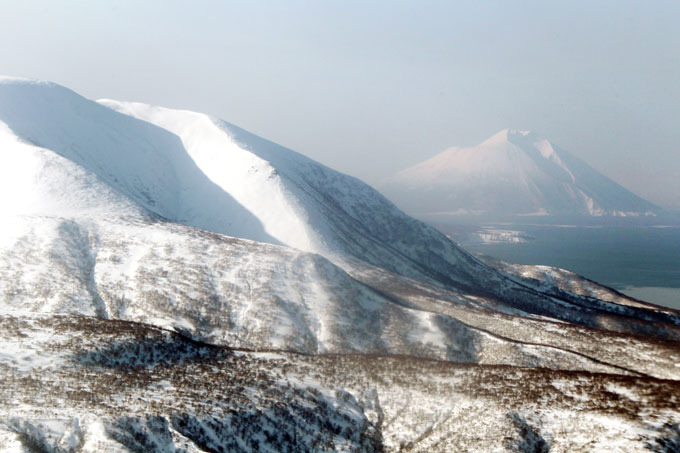
Many of the steep, unconsolidated slopes are susceptible to landslides and newer volcanic activity can entirely denude a landscape
Many of the steep, unconsolidated slopes are susceptible to landslides and newer volcanic activity can entirely denude a landscape

The Kuril islands are surrounded by waters that are among the most productive in the North Pacific, supporting a wide range and high abundance of marine life
The Kuril islands are surrounded by waters that are among the most productive in the North Pacific, supporting a wide range and high abundance of marine life



